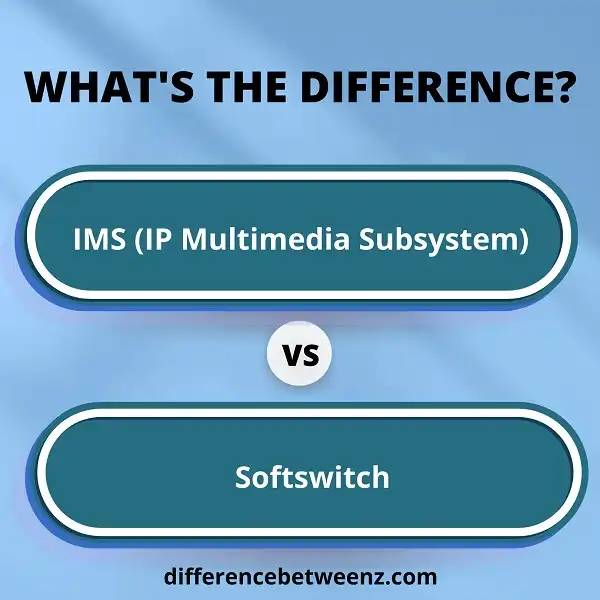IPS (IP Multimedia Subsystem) and Softswitch are both telecom technologies used for Voice over IP (VoIP). They are quite different, however, in their purposes and applications. In this post, we’ll take a look at the key differences between IMS and Softswitch. Stay tuned!
What is IMS (IP Multimedia Subsystem)?
IMS is an architectural framework for delivering IP multimedia services. It was originally designed by the 3rd Generation Partnership Project (3GPP), and is now being adapted by other standardization bodies such as the Internet Engineering Task Force (IETF).
- IMS defines a core network that supports real-time, interactive multimedia sessions between any two or more endpoints. IMS services can be delivered over any IP network, including packet-switched networks such as the Internet, and circuit-switched networks such as the public switched telephone network (PSTN).
- IMS is based on a number of existing IP technologies, including the Session Initiation Protocol (SIP), the Media Gateway Control Protocol (MGCP), and the Real-time Transport Protocol (RTP).
- IMS also defines a set of new protocols, known as the IMS Service Enabling Environment (SEE). The IMS SEE provides a platform for third-party applications to interact with IMS core networks. IMS is currently being deployed in a number of commercial networks, and is expected to play a major role in the convergence of voice and data communications.
What is Softswitch?
Softswitch is a type of telephone switching system that uses software instead of hardware to complete calls. Softswitch systems are often used in VoIP (Voice over IP) networks, as they can route calls using IP protocols. Softswitch systems can also provide features such as call waiting, caller ID, call forwarding, and voicemail. In addition, Softswitch systems can be used to connect PBX systems to the public telephone network. Softswitch systems are typically more expensive than traditional PBX systems, but they offer a number of advantages, including increased flexibility and scalability.
Difference between IMS (IP Multimedia Subsystem) and Softswitch
- IMS (IP Multimedia Subsystem) is a standard for IP-based telecommunications networks. It defines a set of protocols and functions that allow multimedia services to be delivered over an IP network.
- IMS is designed to work with both fixed and mobile networks, and it supports a wide range of applications including voice, video, and data. IMS is often used in conjunction with VoIP (Voice over IP) systems, as it allows multimedia services to be delivered over an IP network.
- Softswitch is a type of telecommunications equipment that connects telephone calls over an IP network. Softswitches are typically used in VoIP (Voice over IP) systems, as they allow calls to be made over an IP network rather than the traditional PSTN (Public Switched Telephone Network). Softswitches are also used in IMS (IP Multimedia Subsystem) networks, as they allow IMS subscribers to make and receive calls using an IP network.
Conclusion
Although IMS and softswitch are both used for VoIP, they have different purposes. IMS is a system that allows all types of communication services to be delivered over a single IP network. Softswitch is a software application that routes calls between telephone networks. If you’re looking for an efficient way to route calls and provide your users with a variety of communication options, then IMS may be the right choice for you. However, if you’re looking for something that can handle call routing and switching functions, softswitch may be the better option.


